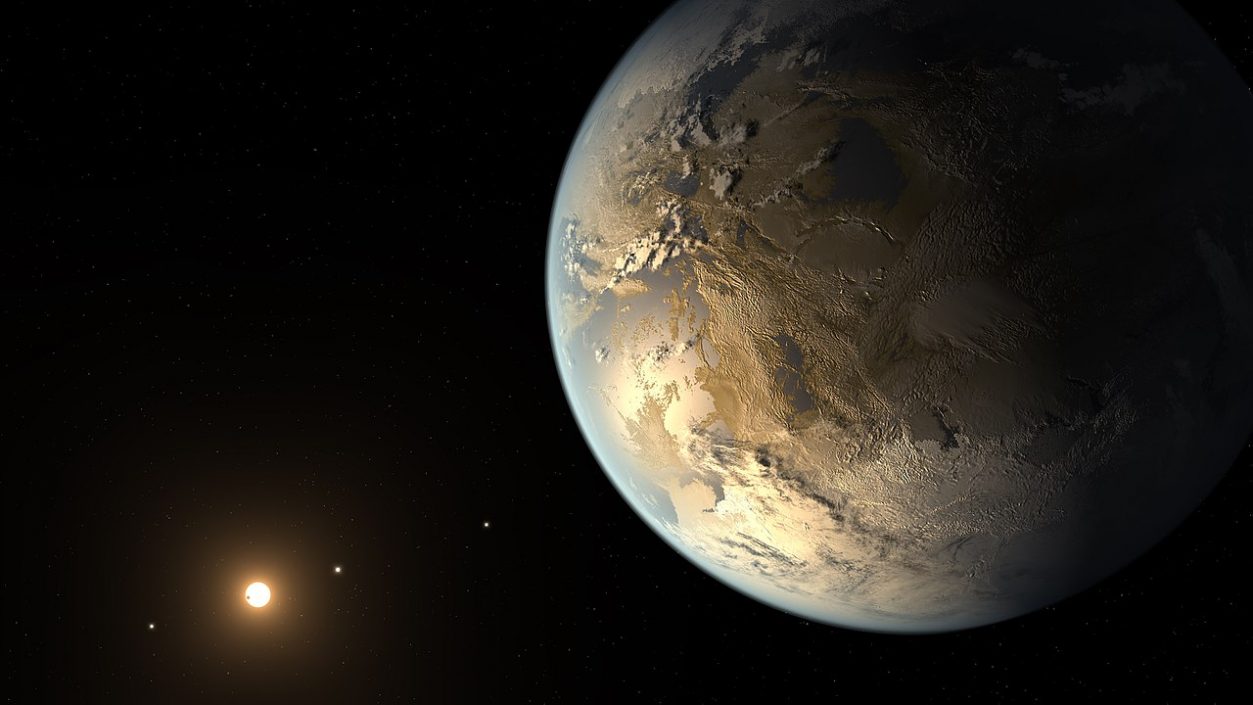The robotic vehicles could come on the Moon and then on Mars, a Chinese space station, from outside the solar system — at least according to the ambitious plans of Chinese astronauts. Details of China’s first outer planet exploration mission will be announced soon. temper nature.
To this limit Over 5,000 approved exoplanetsWe found out, but the Chinese mission will focus specifically on what we might call Earth 2. On a planet similar in conditions to our home, orbiting in the habitable zone of its star, there will be liquid water on it and possibly life as well. Among the exoplanets discovered so far, there are many that meet any of the above conditions, but none of them can be called Earth 2. This is not because there are no such planets, but our current technology is poor to see them.
Chinese Earth 2 To improve this situation, they are planning a satellite whose instruments will be able to see the (relatively small) planet corresponding to the size of the Earth. Based on the initial plans for a future mission funded by the Chinese Academy of Sciences, a decision is expected by the summer, and if the project receives the necessary technical support, the steering team will also receive funds to build the satellite. It is planned that before the end of 2026, they will want to launch a spacecraft with a Long March rocket.
The Earth 2 satellite will look at the sky for 7 years, including 6 in the same sky, around the Swan-Lant constellations, which were also scanned by the Kepler space telescope, as “the area studied by Kepler is an easily accessible fruit,” said Cheng Kuo, A researcher at the Shanghai Astronomical Observatory of the Chinese Academy of Sciences, he is the scientific leader of the Earth 2 mission.
The telescope, which will work in coordination, will try to detect the presence of planets through small changes in the brightness of the stars. Earth 2 telescopes will scan a sky five times larger than Kepler, roughly. With 1.2 million stars, the Chinese spacecraft will also be able to look farther and fainter than the TESS extrasolar spacecraft. “Our satellite will be 10-15 times more efficient than Kepler,” Cheng Kuo added.
The seventh telescope will look at the spacecraft in a completely different way: it will search for exoplanets using a gravitational micro-lens. Partly those that are repelled from their star system and which are encoded freely in interstellar space, and partly those that orbit their star in a position corresponding to the distance of Neptune. This tool targets the central region of the Milky Way, where there are dense stars.
A micro-gravitational lens means that a celestial body’s gravity passing between the target object and the observer amplifies the target object’s light, making invisibly faint companions visible. If the Chinese probe gets a green light, it will be the first space telescope to search for exoplanets using this method.
Why is it so good that Earth 2 sees the same part of the sky that Kepler was looking at? Unfortunately, Kepler was not able to fully complete its mission due to technical flaws, so it discovered countless terrestrial exoplanets, but they were not verified. Earth 2 will be able to reexamine it and refine the data collected about it to provide enough evidence that an Earth-like object orbits the star.
Chinese experts expect to explore dozens of Second Earths, and a wealth of data will be collected during the four-year mission. They will be deployed within 1-2 years of the mission, also relying on greater international cooperation. The team working on the project already includes 300 engineers and researchers, most of whom are Chinese at the moment, but Cheng Kuo wants astronomers from other parts of the world to join them.












































